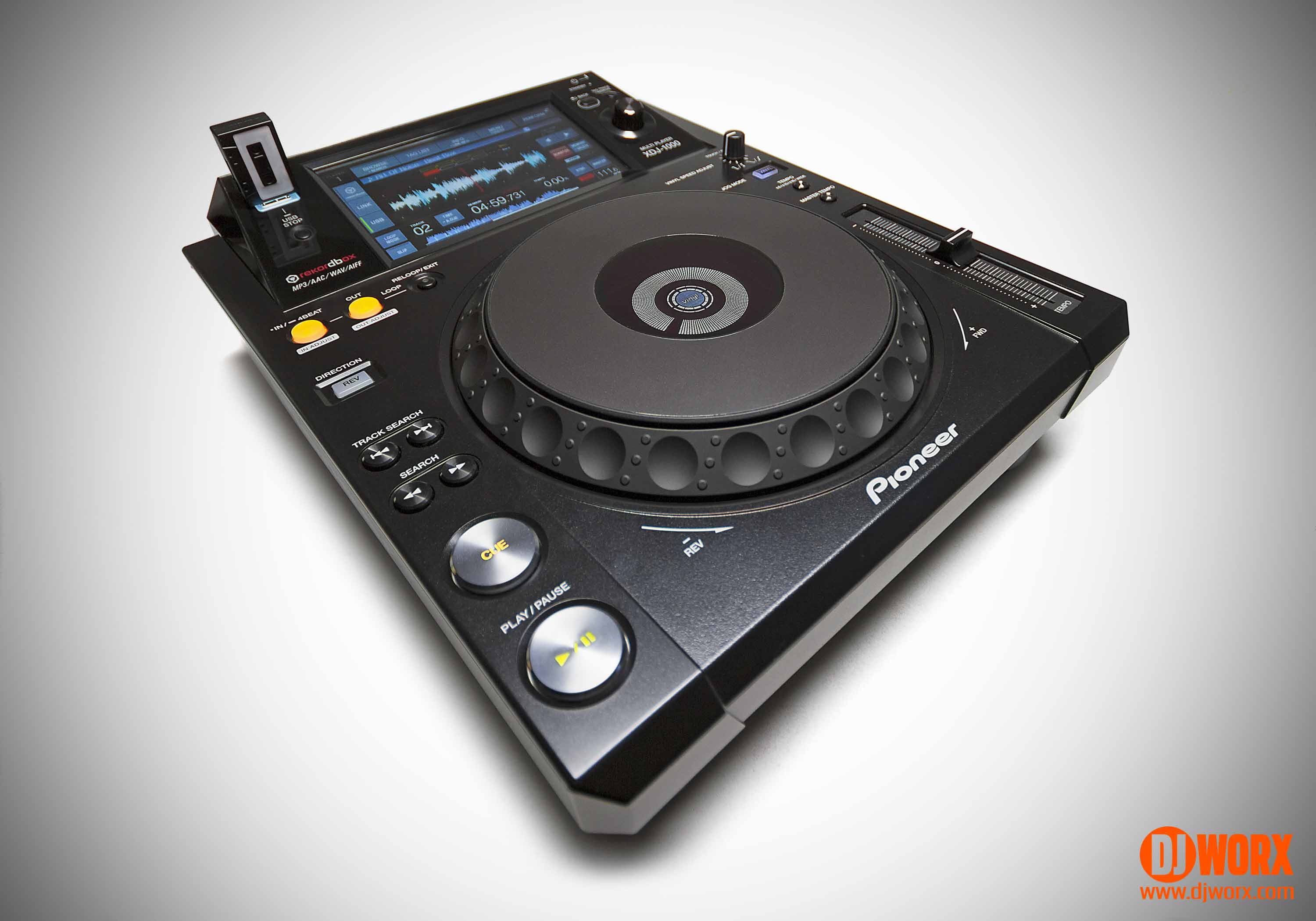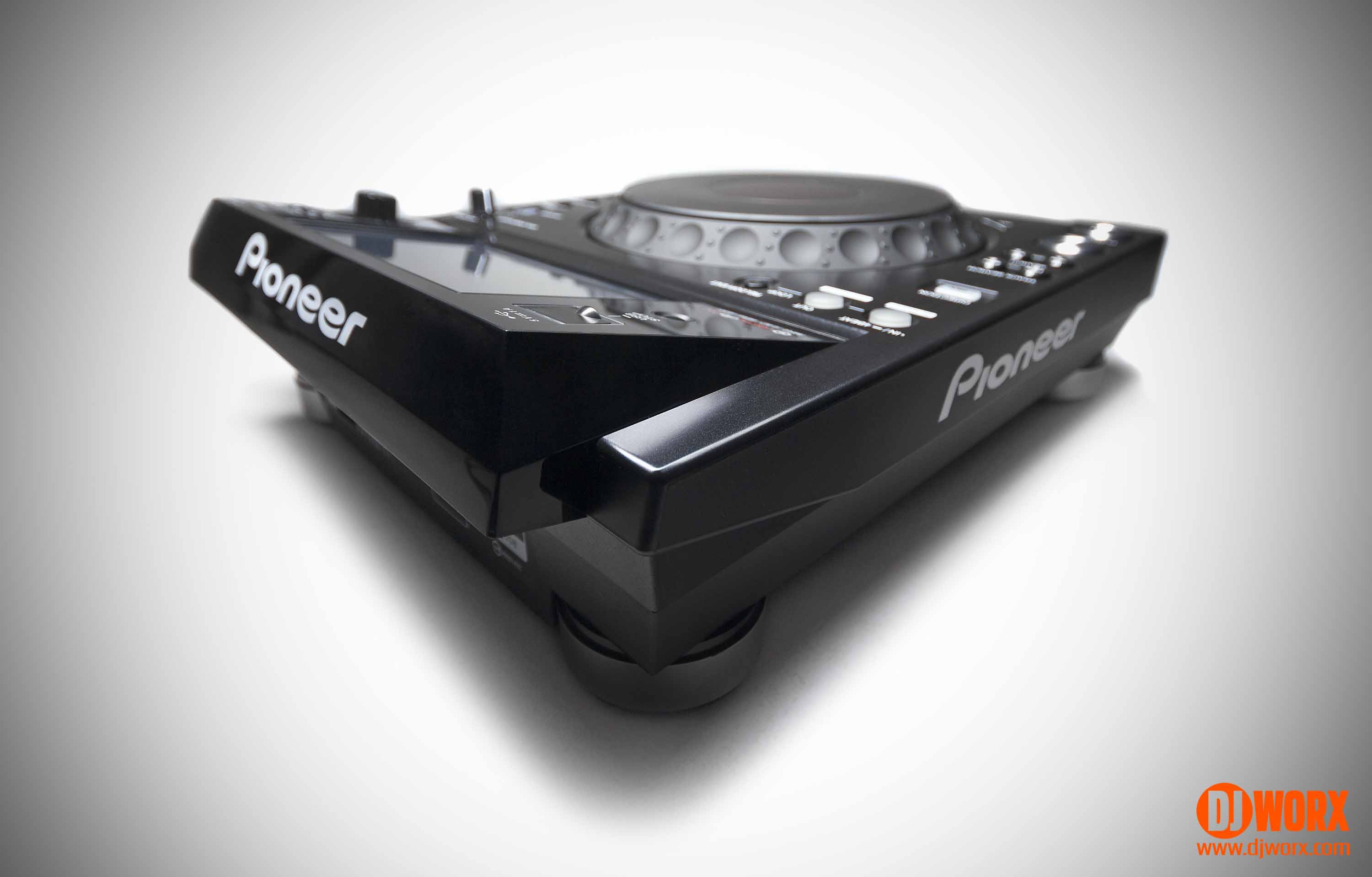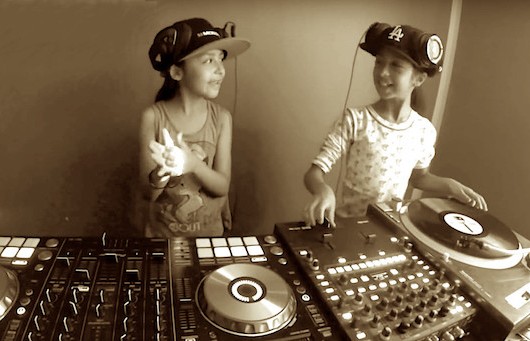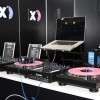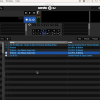REVIEW: Pioneer XDJ-1000 multi player Via DJ Worx
INTRO
The launch of a new Pioneer CDJ has always been greeted with much interest and excitement, but in among the usual cries of “NEED ONE!”, “EPIC FAIL!” and “can I fit an Innofader?” are those who question the need for a CD drive at all, especially given the current lust for controllers. It’s a fair point, which is why Pioneer has listened to the market and released the XDJ-1000: a CDJ without a CD player. The XDJ-1000 is completely reliant on digital media instead, which can be loaded from a USB drive or over a wired network from another XDJ-1000 or a Rekordbox-enabled computer. Like Pioneer’s Rekordbox-enabled CDJs, the XDJ-1000 promises DVS convenience with hands-on CDJ practicality and no need for a laptop, but how does it perform in practice?
The Pioneer XDJ-1000 is a replacement for the CDJ-850, a CDJ that let you play Rekordbox-analysed tracks from a USB drive but didn’t let you use quantised loops, which is surely the main benefit of analysing tracks in the first place. Quantised loops let you create incredibly tight loops that take much longer to go out of phase when mixed into another track playing at the same BPM. This means you can pull off some pretty nifty mixes or layer recurring samples over a mix without having to maul the jog wheel every couple of seconds, as you would with a non-quantised loop, such as that on a CDJ-1000. As the XDJ-1000 is fully compatible with Rekordbox, you can use quantised loops to your heart’s content, although the XDJ-1000’s looping system isn’t perfect as I’ll discuss later.
There’s more than just quantised loops to excited about, however, as you also get hot-cues, recallable cue points and two waveforms, one long one showing peaks and troughs and another higher-resolution waveform that shows more track detail for a particular section. You can select tracks using a number of different criteria and search for tracks alphabetically on the XDJ-1000’s pressure-responsive colour screen. You can also link up to four XDJ-1000s together and sync their BPMs by selecting a master deck with the other decks operating as slaves. You can then use the XDJ-1000’s beatjumping feature to move a loop up to four beats in either direction in one jump. Sadly, we only had one XDJ-1000 due to a shortage of review units, so we weren’t able to test the linked features of the XDJ-1000. If we get hold of a couple or more in the future we’ll update this review.
Considering that the XDJ-1000 doesn’t cost much more than the CDJ-850 did when it first came out, the XDJ-1000 seems incredibly good value.
This review is super dope for those that are interested in getting the info they need for the Pioneer XDJ-1000. To read the full review visit this link and read the full article.

